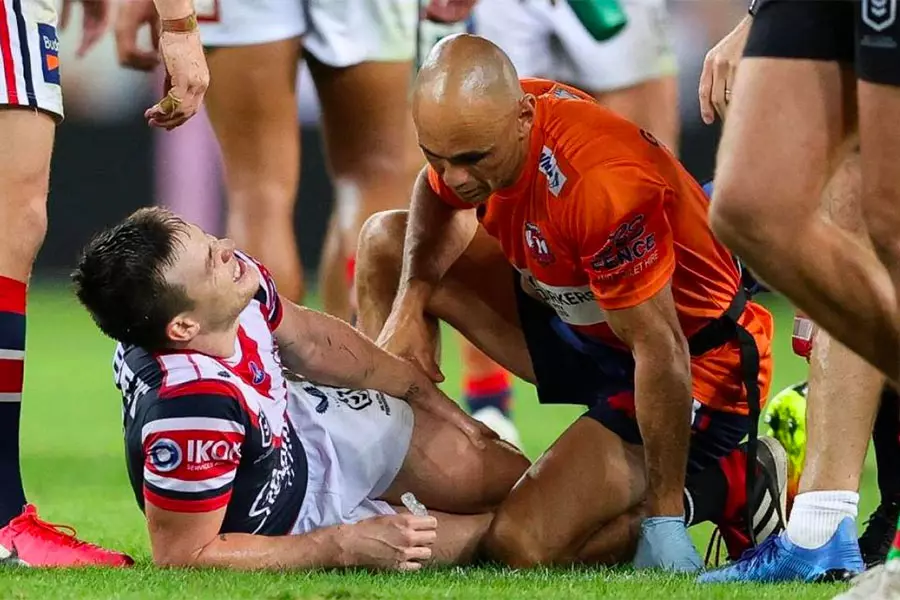Rugby League and AFL injuries dropped 50% under COVID lockdowns

There were 7,800 fewer Australians admitted to hospital for injuries sustained while playing sport in 2019–20 compared with the previous year, a new report from the Australian Institute of Health and Welfare (AIHW) reveals.
The report, Sports injury hospitalisations in Australia, 2019–20, shows the COVID-19 restrictions on organised sport from March 2020 resulted in fewer hospitalisations for winter sports, such as football, while those for solo activities such as cycling rose.
’There were 52,300 Australians hospitalised for sport injuries in 2019–20, compared with 60,000 in 2018–19,’ said AIHW spokesperson Ms. Marissa Veld.
‘The most significant decrease in hospitalisations was seen among the traditional winter sports, with a 46% drop in AFL-related injuries, followed by 43% fewer rugby* injuries and 34% fewer soccer injuries.
However, as Australians turned to solo activities in early 2020, there was a marked increase in the number of people hospitalised for roller sport and cycling injuries, recording a 27% and 21% increase respectively.’
There were more than twice as many males (36,400) hospitalised for sports injuries than females (15,900) in 2019–20.
‘Of the 7,800 fewer hospitalisations in 2019–20, males accounted for over 80% (6,300) of the reduction, likely due to the types of sports that males tend to play during the winter when COVID-19 restrictions started, such as AFL and rugby,’ Ms. Veld said.
‘Males aged 15 to 19 had the highest rate of hospitalised injury (745 per 100,000), and for females the highest rate was recorded in those aged 10 to 14 (274 per 100,000).
Overall, the sports responsible for the most hospitalisations in 2019–20 all involved wheels—cycling accounted for around 15% of those admitted to hospital, followed by wheeled motor sports (7%) and roller sports (7%).
For all sports combined, most injuries were to the hips and legs (28%), followed by the shoulder and arms (26%). Just over half of all hospitalisations were for fractures.
An additional 6% (2,900) of injuries were for a head injury, with the majority (2,300) treated for concussion.
Ms. Veld noted that while participation in sport contributes positively to a range of physical, mental, and social health outcomes, it does not come without risk of injury.
The report does not cover emergency department presentations where a patient was treated without admission to hospital.
*Due to the way hospitals record injury data, Rugby Union and Rugby League are combined in this report.
More News
-

Norm Smith Medal 2025 betting tips, value picks & predictions
-

AFL Grand Final 2025 betting tips & odds | Geelong v Brisbane
-

AFL 2025 preliminary final previews, betting tips & best odds
-

AFL 2025 semi-final previews, betting tips & best odds
-

AFL Finals Week 1 betting preview, multi tips & predictions
-

AFL Round 24 betting preview, top tips & predictions
-

AFL Round 23 betting tips, goalkicker picks & predictions
-

AFL Round 22 tips, predictions & free multi picks







